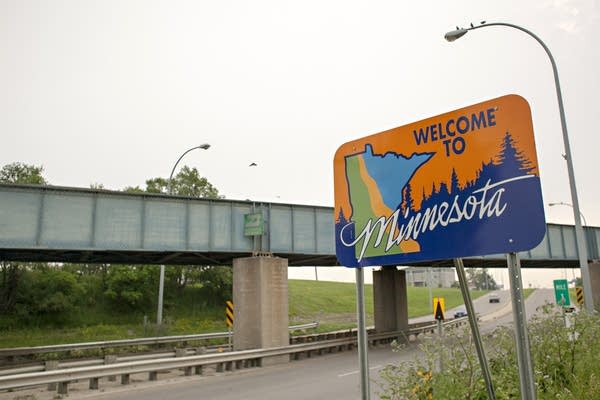Snowbirds returning to Minnesota find quarantine, wariness — and home

Snowbirds — residents who winter in warmer climes — are making their annual migration back to Minnesota by the thousands.
Ann Arbor Miller | MPR News
Go Deeper.
Create an account or log in to save stories.
Like this?
Thanks for liking this story! We have added it to a list of your favorite stories.


